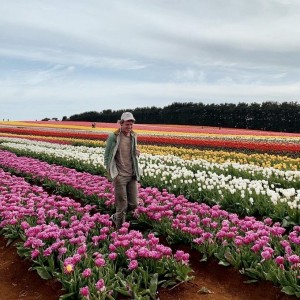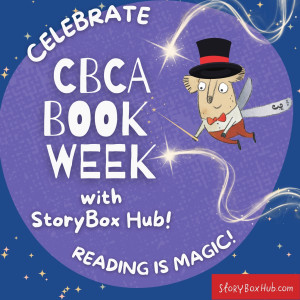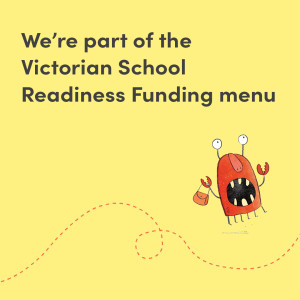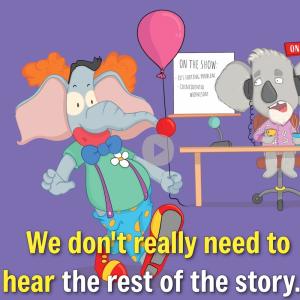Q&A with Timeless author, Kelly Canby
08 Jul 2024
We are all seemingly ‘time-poor’ in this current world, but Kelly Canby's story, 'Timeless' sparks curiosity and deeper thinking about how we think about time. Read StoryBox Hub's Abby Blowes' interview with Kelly to find out about her inspiration, visual literacy and the take-away message she hopes readers get from 'Timeless'.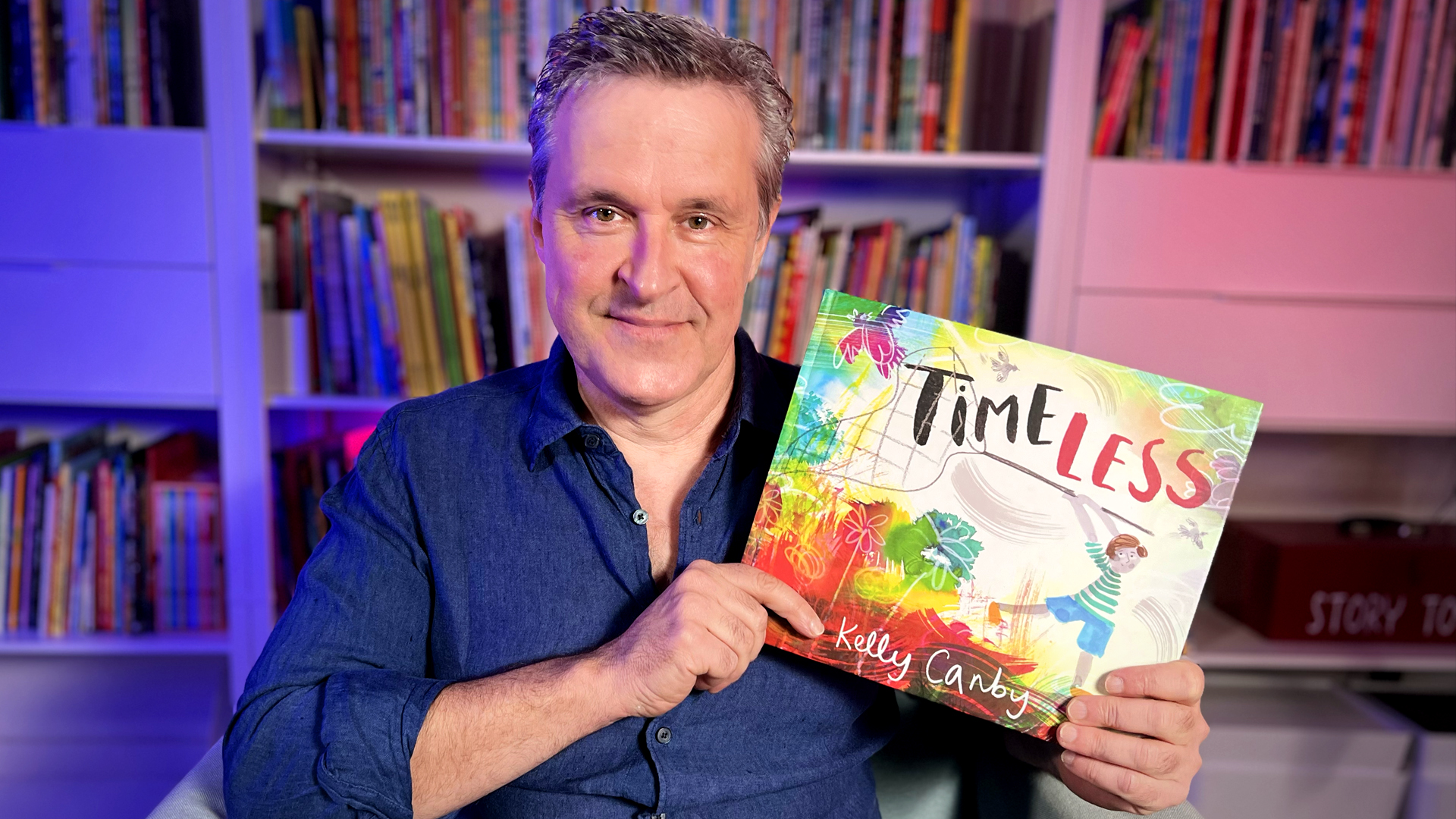
[Abby] Was there a specific experience or moment that was the catalyst for creating the ‘Timeless’ story?
[Kelly] There was no one experience or event for this book. I remember sitting at my desk thinking, for no reason at all, about the concept of time and the language we use to talk about time, all the sayings and idioms. I really enjoy playing with words and their meanings so usually an idea starts there. I don’t ever set out to write a book with a message of any kind so when I started writing Timeless, it wasn’t about being short of time or lacking time initially, it was just…about time. Then, like a big lump of clay, as I work the concept and shape the idea a message of some sort reveals itself and I start building a narrative around that. I think I knew for certain that I had something to work with when, while brainstorming and scribbling notes I wrote the line ‘Emit. His parents turned back time to name him’. That was an A-HA! moment and probably the point I got excited about where this thinking could go.
[Abby] You write stories that cleverly delve into big life experiences, written in a clever word play and visual literacy form, how did you come to find this unique style for your picture books?
[Kelly} Hmm. How did I? I think, it goes back to when I was studying design many years ago at uni. The university I went to was big on ideas and thinking. We would spend hours on lateral thinking exercises and one day during class a lecturer, demonstrating how we can flip our thinking and see things differently, put a pen on the desk and said, “Is the pen on the desk or is the desk under the pen?” and that one simple question, forcing yourself to look at things from a different angle, stuck with me. I don’t only try flipping perspective when I’m writing either, it’s now become a total life hack and whenever I need to solve a problem of any kind, I ask myself how I can look at the situation differently and find the unexpected solution. That’s where the wordplay comes from, as for the visual side of my books, being both the author and illustrator always feels like I’m doing this beautiful dance in my head where words and images sway together, it’s quite visceral in that I will move my hands and body with the rhythm of the words and the pictures, feeling it completely as I see and feel the bigger picture grow. It’s very hard to explain and I feel like I’m doing a terrible job of it but, that’s how it all works! I feel it. And if I don’t feel it, I don’t pursue it because I know it won’t be authentic.
[Abby] Can you describe the illustration process and the mediums you use to create these powerful yet whimsical illustrations?
[Kelly] Sure! Before I start illustrating it’s important to me that I have the story written to a point where I feel like it’s about as perfect as I can get it. I love editing so I do enjoy the puzzle of getting all the words and rhythm and timing right. Once that’s done and my Publisher has (hopefully) said yes, they’ll publish it, I start drawing. The medium I choose will depend on the mood I want to convey. Timeless was created in very brightly coloured inks with brush strokes that flew all over the page to show movement and busy-ness. My latest book, A Leaf Called Greaf, was illustrated in soft pastels because the story is soft and quiet. It’s all part of the dance.
[Abby] We are all seemingly ‘time-poor’ in this current world, but your story sparks curiosity and deeper thinking about how we think about time. What ‘take away’ message (literally/figuratively) do you hope readers take from Timeless?
[Kelly] You just hit the nail on the head with ‘curiosity and deeper thinking’. That is what I’d like readers to take away from all my books – their very own desk-under-the-pen moment. Before what the book is about, before the message, I’d like readers to say ‘Gosh. I never looked at (whatever it is) that way before!’ For me, that’s the exciting bit and if I hear that then I know I did my job right. What the reader takes from the story after that, is theirs. Their own interpretation and their own dance.
[Abby] How do you create quality time and experiences in your daily life with your own passions, family and friends?
[Kelly] I’ve started asking myself this question… According to who? And it’s changed the way I live. As an example, if I’m feeling like I haven’t been productive enough I’ll ask myself “According to who?” It really makes me stop and realise that the only person I have to answer to is me. My son and I can’t have birthday cake for dinner on the odd occasion when neither of us have a birthday? According to who? When you realise there is no person or thing watching over you to make sure you’re doing life right (according to who?!), it opens all kinds of doors for fun and adventure and experiences.
[Abby] Finally Kelly, Why are stories important to you or why is storytelling important to you?
[Kelly] It’s the process of creating that is important to me. Of taking an idea and turning it into something tangible, and the most rewarding, most fulfilling way I have found to do that is through telling stories with words and pictures. I don’t think there’s much more to it than that. I’ve never called myself a writer because I’m not one. What I am is an artist who loves the creative process and has a burning desire to share my ideas and experiences with the world with the hope that it make someone feel something.
Watch Timeless being read by Peter Houghton on StoryBox Hub from 24th July!


